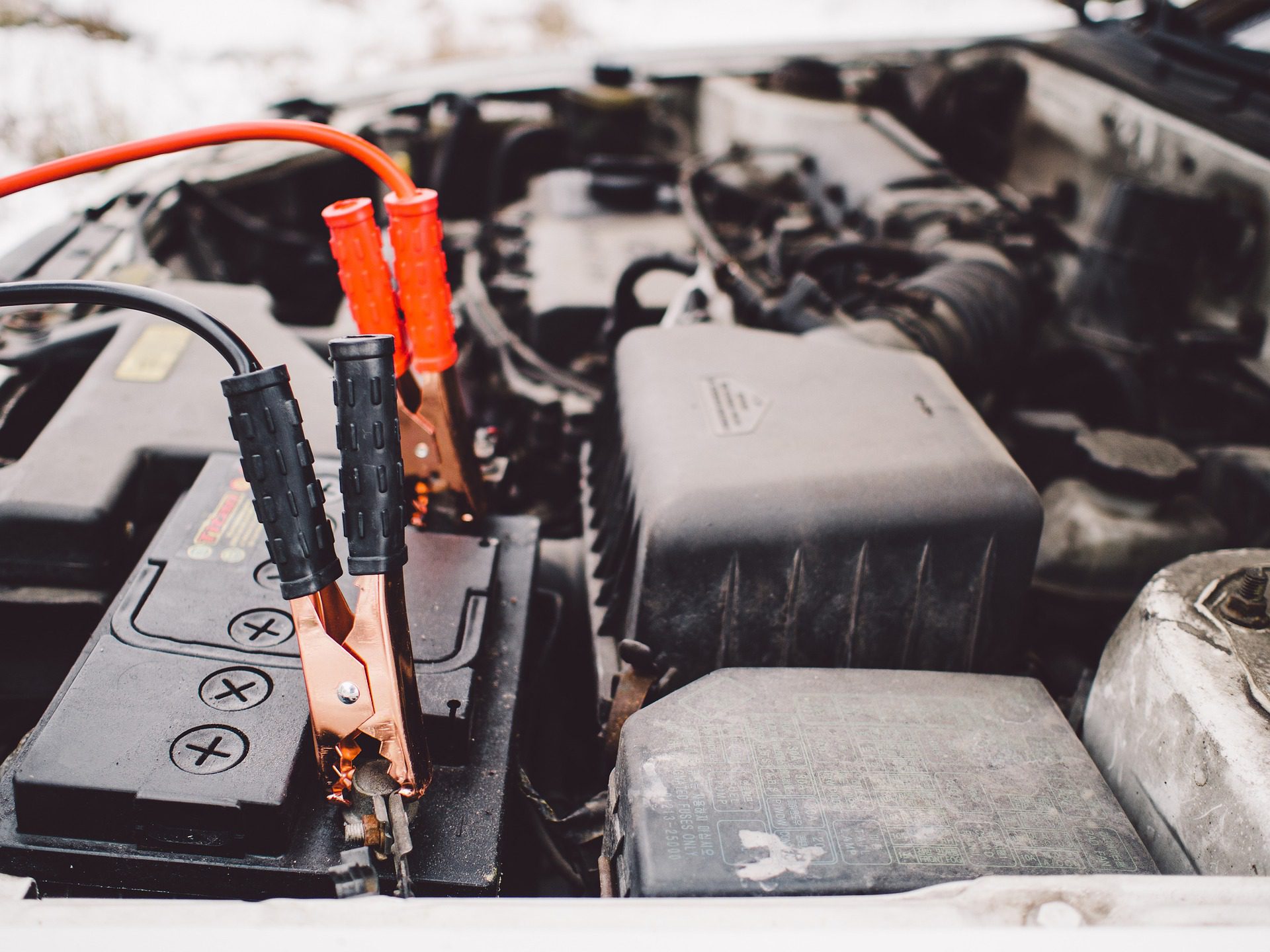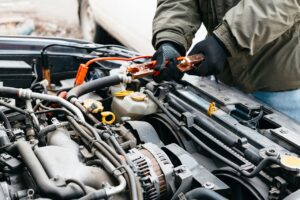In a previous post, we’ve talked about how you can prepare your car or the hot summer days in Charlotte. But sometimes, even if you prepare your vehicle the inevitable happens.
Let’s just say you find yourself in a difficult situation because your car just won’t start. Instead of irrationally trying to start your car over and over again, hoping for a miracle, why not find a better solution.
A car that won’t start may be due to a variety of reasons. Most often than not, it is due to your battery. One way to remedy this is to jumpstart your vehicle. This is not a permanent solution but at least you can start your car and drive it to your trusted mechanic.
Before you jumpstart your car…
Stop and hold your horses. Before you even attempt to jumpstart any car, you should first read your car’s manual. There may be specific instructions on the manual with regards to jumpstarting your car battery. Additionally, some manufacturers also don’t recommend specific car models to be jumpstarted.
You should also know where your battery is located. Most cars today have the battery in front of the car with the engine but there may be other models that have the battery at the trunk.
The Positive And Negative Terminals
Once you’ve located your car battery, you should also figure out where the positive and negative terminals are. It is very important for you to clearly identify this. A mismatch or improper connection can result in an accident.
Jumper cables are usually color-coded to ensure you don’t attach it to the wrong terminals. The black is attached to the negative terminal while the red is attached to the positive terminal. A jump start will only work if the cables are properly connected at the right terminals.
Jumpstarting With Another Car
When jumpstarting a car with another car, make sure to park closely so the cables will reach both cars. Even if cars are parked close to each other, they shouldn’t be touching. This ensures that electrical current only flows through the cables and not anything else.
Parked and powered off, attach the jumper cables at the appropriate terminals. First, attach the red clamp to the positive terminal of the dead battery. Attach the other clamp of the same cable to the positive terminal of the other car.
The black clamp is then attached to the negative terminal of the working battery. The other end of this black clamp should be clamped on any unpainted, unmovable metal on the car with a dead battery like a bolt on the engine or the car’s chassis.
Start the car with the live battery, this charges the dead battery. It may take some time for the dead batter to obtain enough power to start your car. Wait a couple of minutes then start the car with the dead battery.
The last thing left to do is to disconnect the cables in reverse order as they were connected. If the jump start didn’t work, you may have to call a mechanic for a tow.
Roadside assistance services can also offer to jumpstart your vehicle. You can count on them especially when there is no other car available to help you. Aside from another car, a portable jump start can also be used to jumpstart your car.




